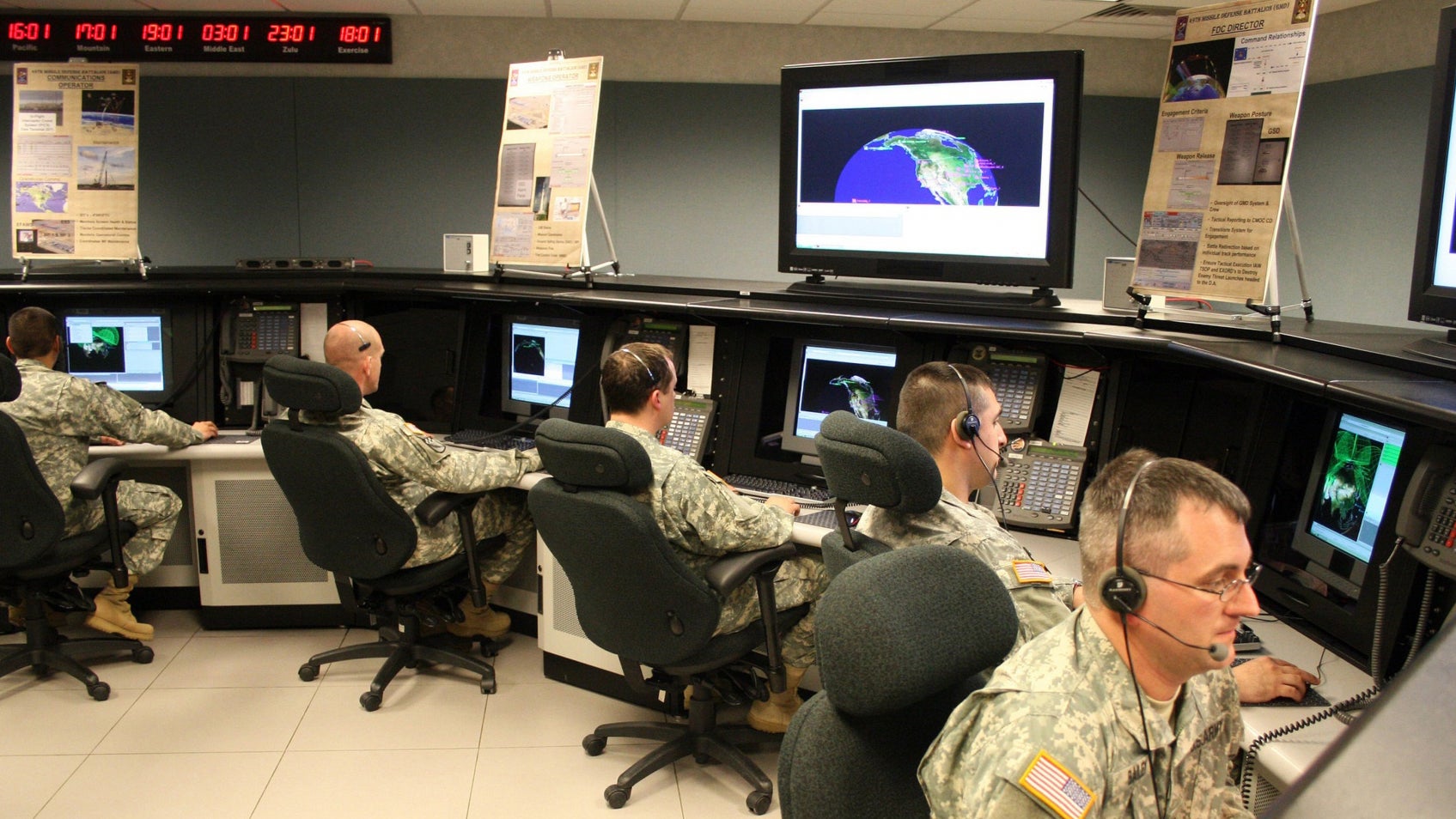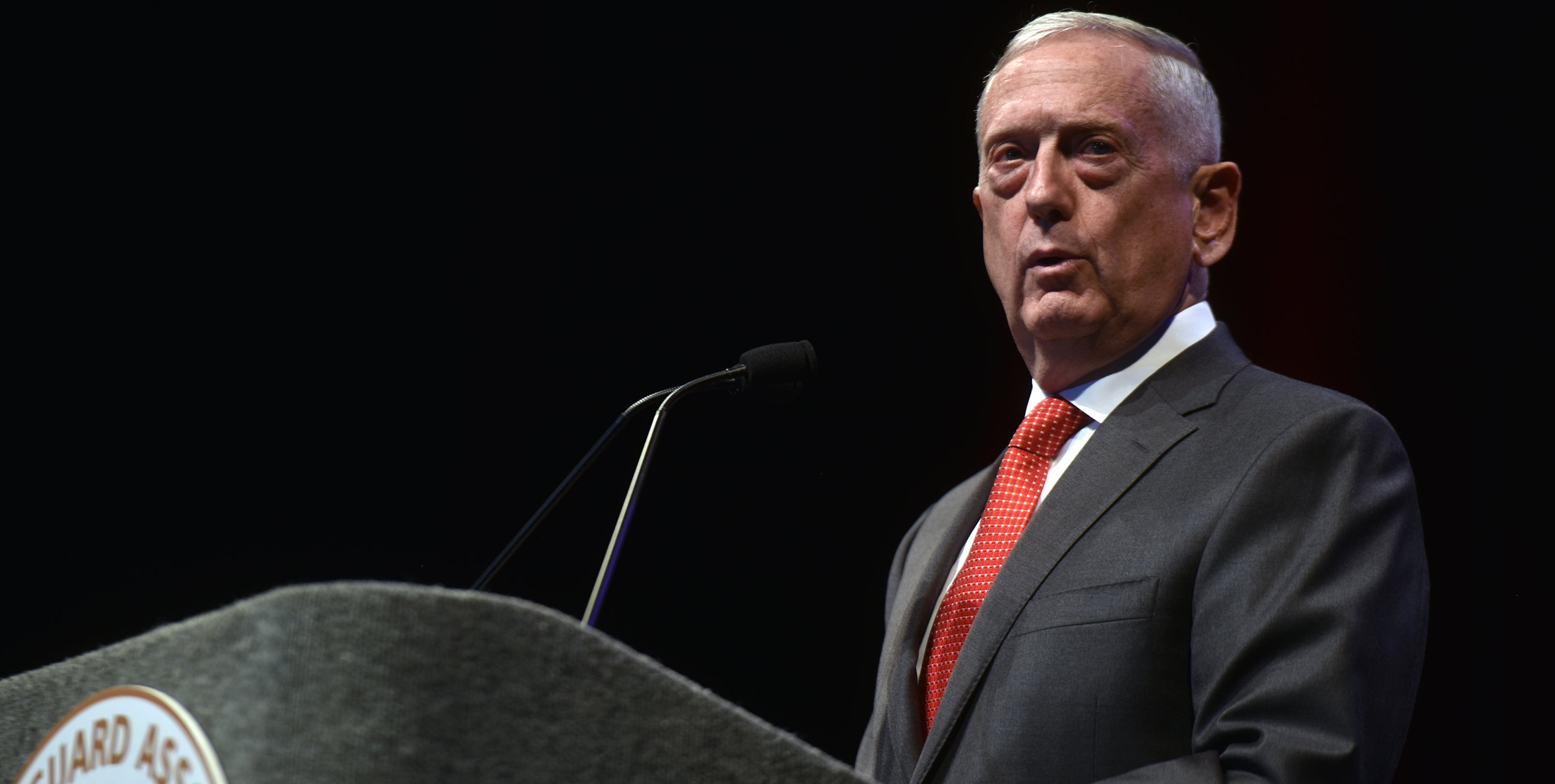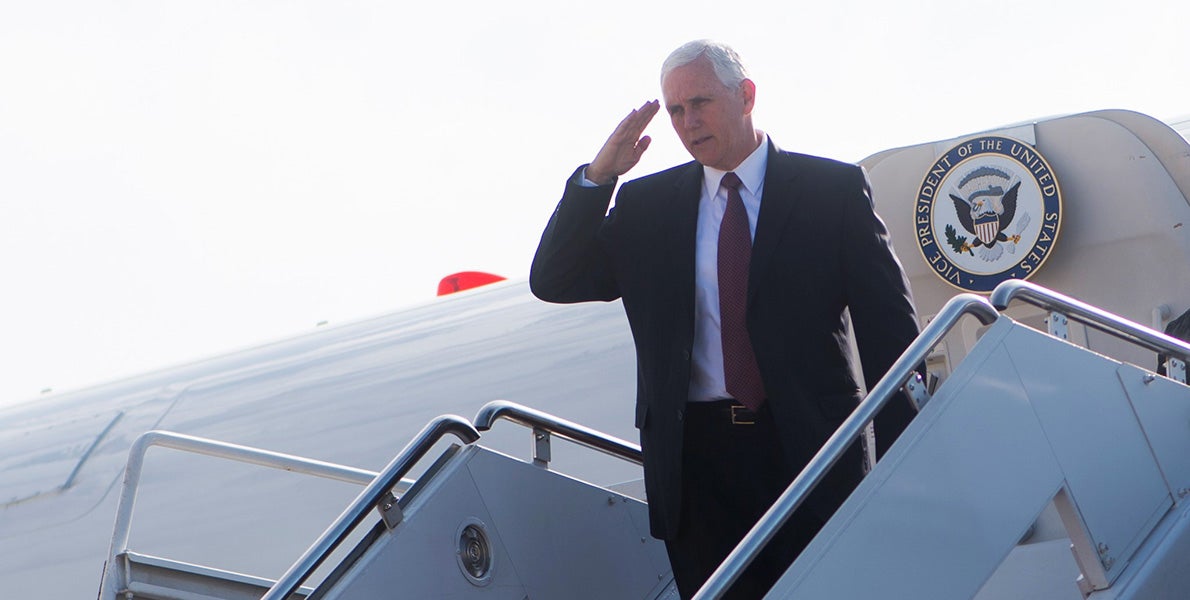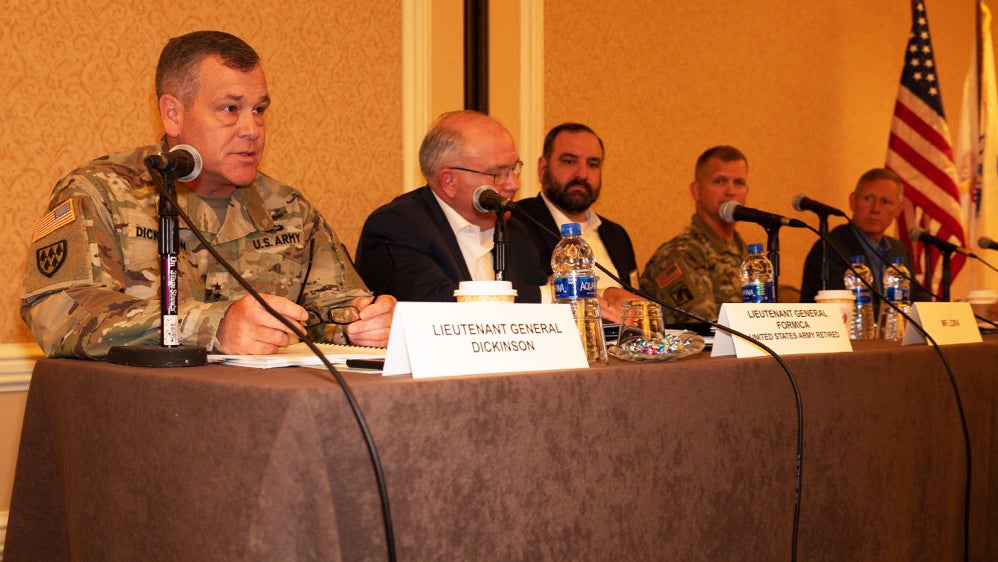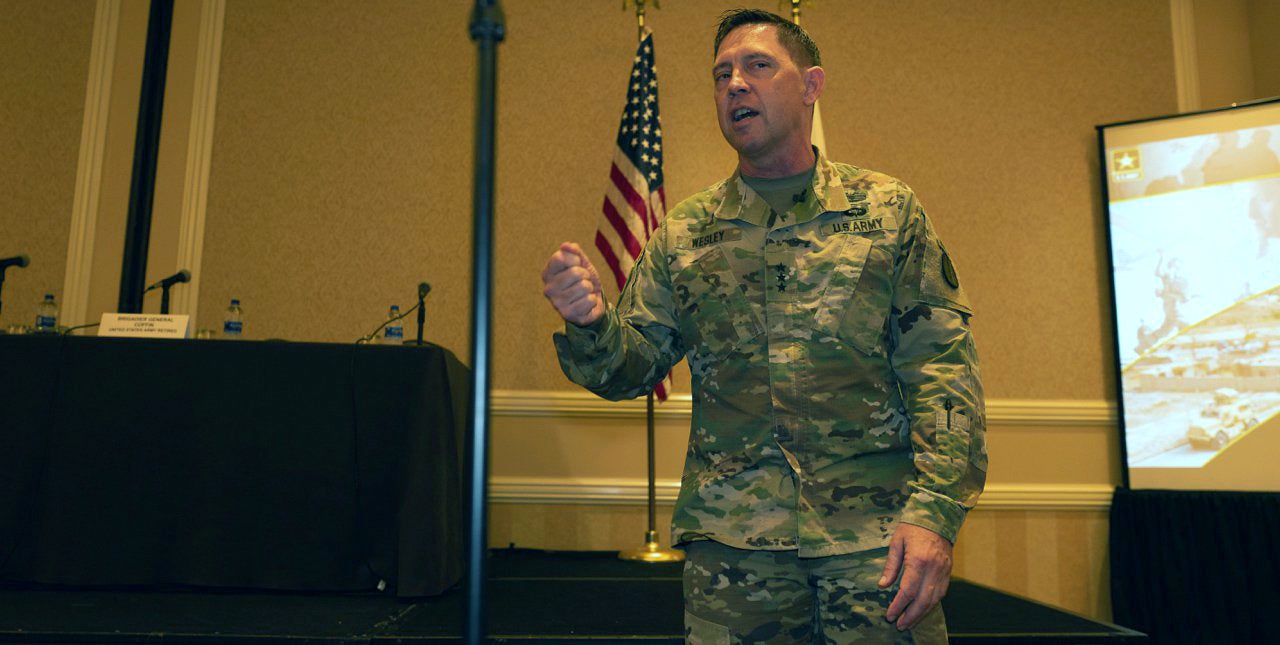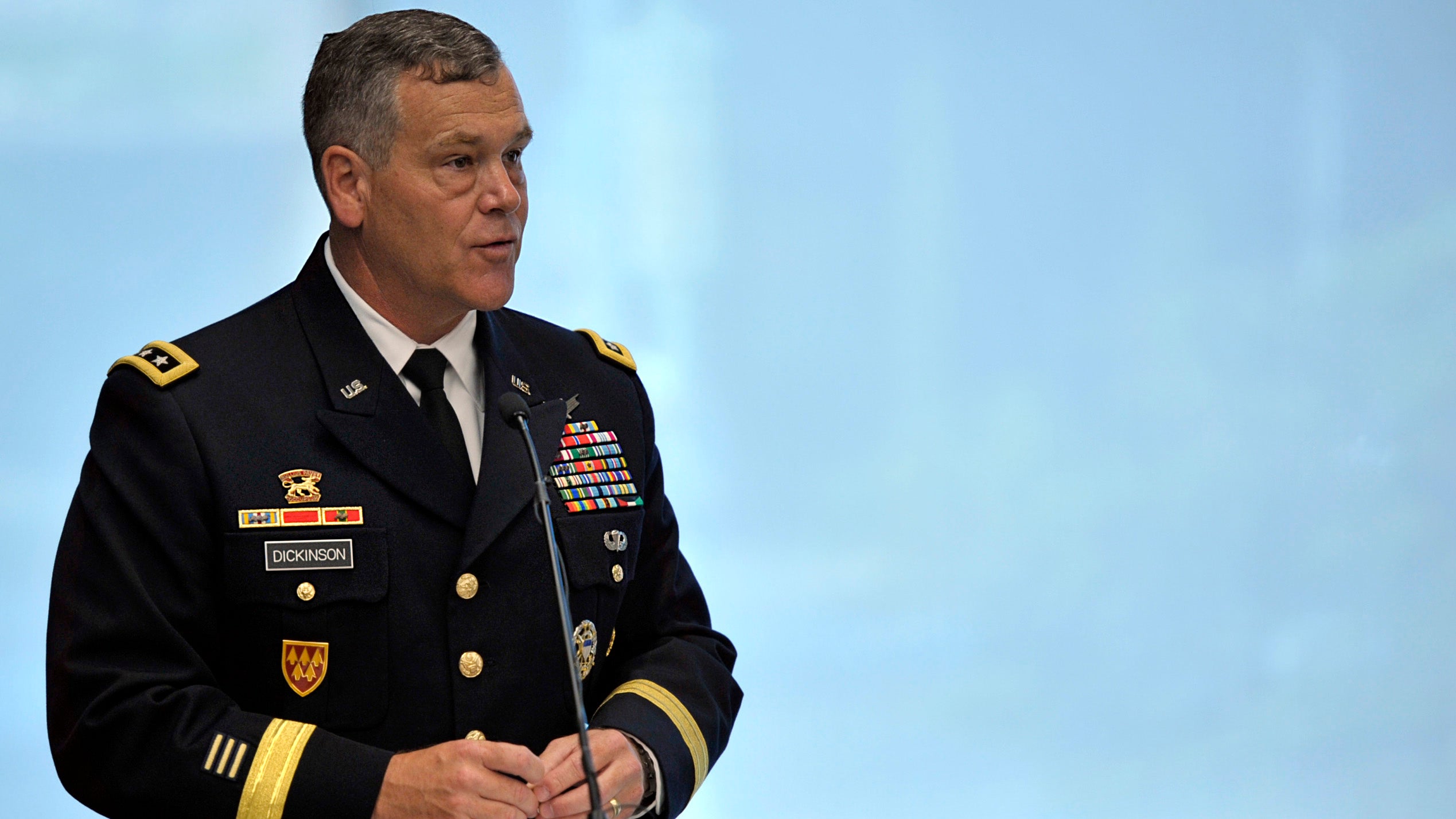Army Surgeon Blasts Off Into Space

Army surgeon and NASA astronaut Col. Andrew Morgan lifted off to space July 20 aboard the Soyuz MS-13 crew ship, exactly 50 years after Neil Armstrong first stepped on the moon after Apollo 11’s historic landing there.
On his first journey into space since being chosen in 2013 to become an astronaut, Morgan flew with two veteran crewmates from Kazakhstan to the International Space Station. He is scheduled to be there until April 2020 while he works on hundreds of continuing experiments in biology, biotechnology, physical science and earth science.




